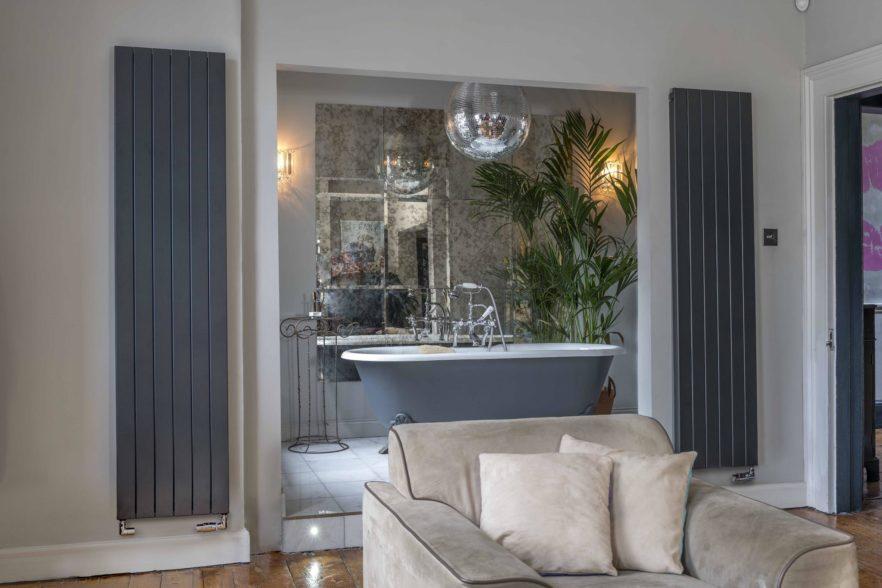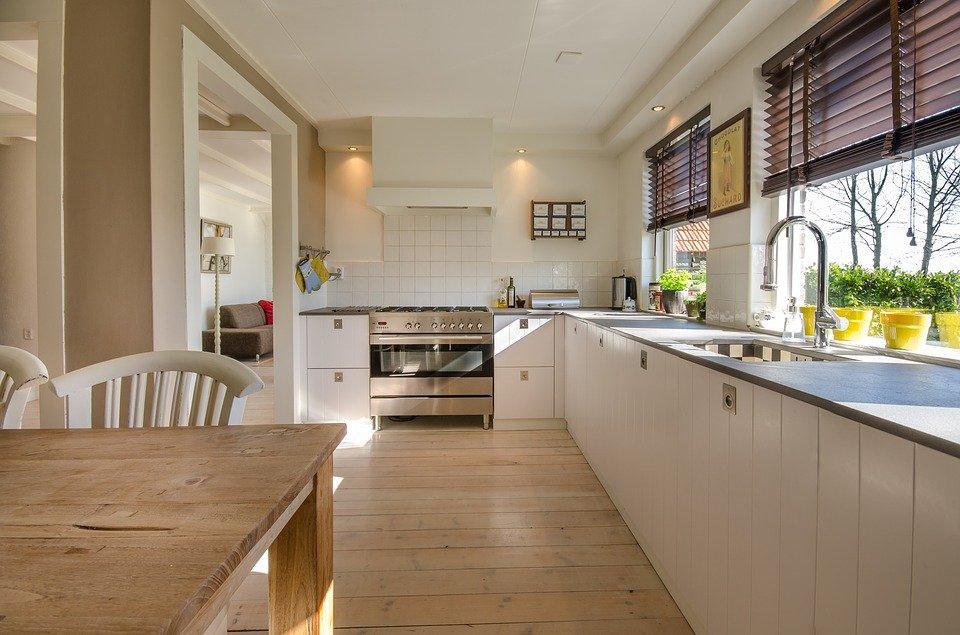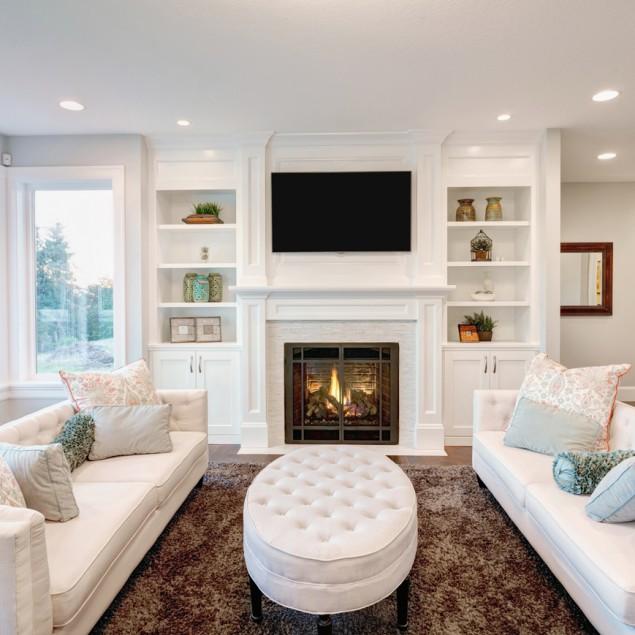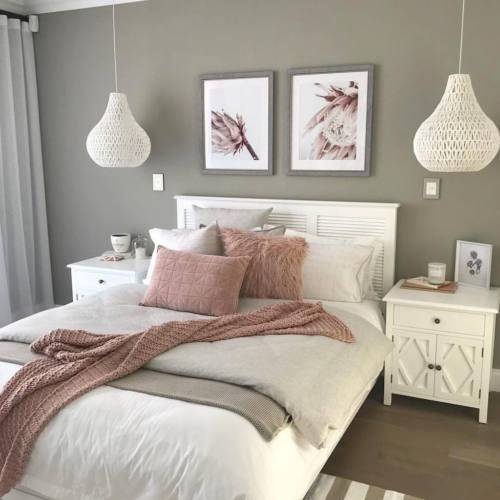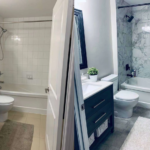Dive into the world of radiator shopping, and you’ll be met with a seemingly mundane question which can spiral out of control:
“What finish do you want?”
Yes, choosing the finish/color for a lovely new radiator or towel rail can be something that is all too easy to overthink. If you’re the type of person to spend time thinking about what shade of paint looks best on a wall or the color you need curtains in every room to be, the finish on your radiator can be incredibly valuable. In cases where you’ll have a feature or designer radiator, the right color can be the difference between a radiator looking the part, and one which sticks out like a sore thumb.
So what should someone think about when picking their radiator finish? Thankfully, I have you covered. Here is what you need to know about choosing a radiator finish and why it matters.
Colour is NOT material
This is arguably the most important point to make when discussing radiator finishes. Many people tend to get confused by what exactly a radiator finish is. If you were shopping around and started to think that chrome, silver, bronze, and copper radiators are made from these namesakes, you’d be mistaken.
The majority of radiators are made from steel. Some are made from aluminum, but that’s another topic for another day. If you were to find chrome radiators on a store, it is a reference to the plating which is applied as a top layer on the radiator. (Take a look at the chrome radiators at Trade Radiators as an example of this).
You’ll never find that something like a copper radiator is made from copper, although if it were, it would get incredibly hot and easily break.
Consider where you’re putting the radiator
A high-quality finish isn’t going to do any good if your radiator is in a place where people or objects will continuously be hitting it. For example, you may have an old radiator in your kitchen tucked behind the door, which all too frequently gets a knock here and there from the door swinging round. If you think you’re fed up with the chipping it causes making the radiator look bad, replacing the radiator with a new one isn’t going to help, especially if you’ve opted for a fancy finish.
Consider the location, and even the shape of the radiator when choosing a new finish. For example, in a room where the radiator sits behind the door, a towel rail with wide gaps (which a door handle won’t hit off) would be a better choice. And always opt for a better finish if the radiator is in a visible area, i.e. if it’s behind a couch, who is going to notice?
Consider what else is going on in the room
Anyone who has listened to or seen Hamilton will know that The Room Where It Happens is important, and the same goes for what is going on in the space when picking your radiator finish. I recommend opting for a finish that won’t stand out for the wrong reasons and can complement existing features.
For example, if your kitchen has a lot of grey/slate features in the counter and cabinets, a grey or anthracite finish would be apt. If you had earthy tones and deep greens or blues in the hallway or living room, a cast-iron radiator would look much better than a flat panel white finish.
Again, if the radiator is something you’ll be looking at all the time, make sure it fits it rather than standing out.
Don’t go painting yourself
If you were looking for a custom finish on a radiator, don’t go painting by yourself. There are a reason radiators, regardless of finish, will have a similar feeling when you touch them. Metallic based paints have pigmentation which can ever so slightly impact heat output. It’s not even a nominal level, but if you were to do a DIY finish, I strongly recommend looking at non-metallic paints. They don’t have as much of an impact and are easier to work with.
Now find your finish
I hope some of my advice will help you when it comes to choosing the finish for your radiators. If you’re interested in reading more about radiators and home heating, visit the interior design section of the website.
